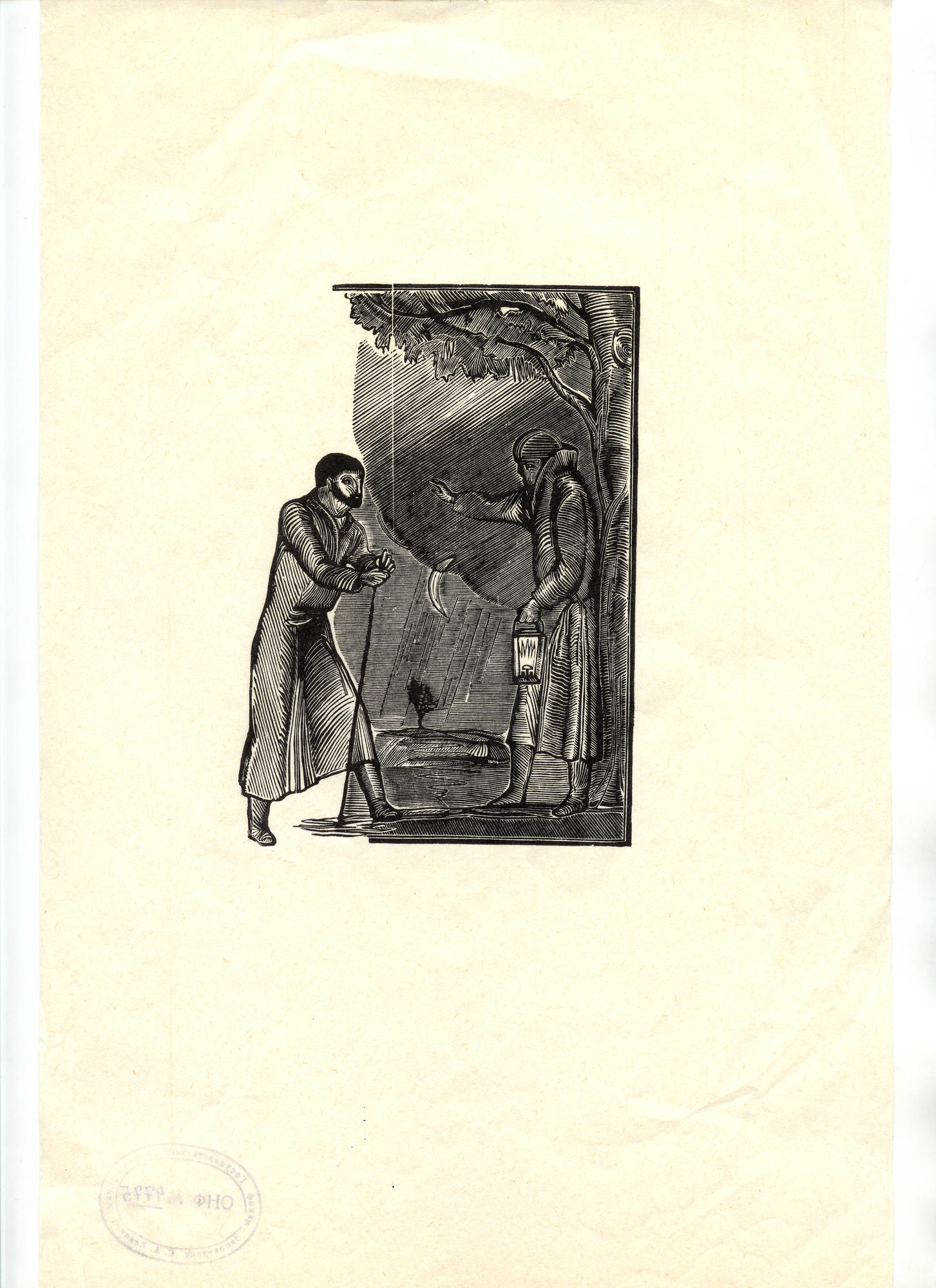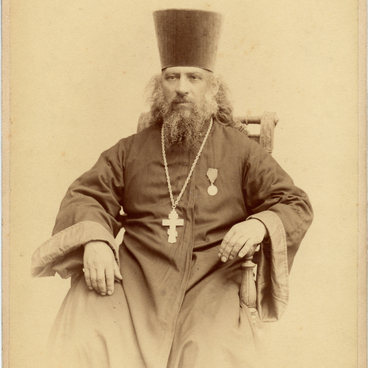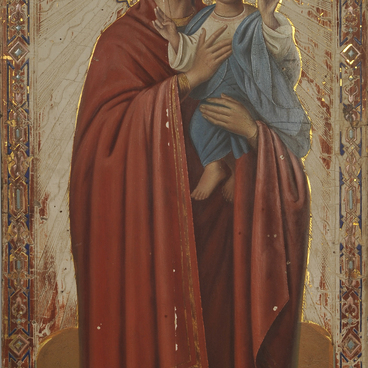In 1921, Sergei Esenin wrote Pugachev, a dramatic poem that caused mixed feedback from his contemporaries. In this work, the poet brought together historical facts — the chronicle of Pugachev’s rebellion — and imaginative discoveries in poetry.
Many of Esenin’s friends were excited about the poem. Nikolai Klyuev, a notable Russian poet, wrote in a letter to Esenin: ‘Pugachev is like the whistle of a Kalmyk arrow, it doesn’t focus on history, language or lifestyle, but it’s more desired and called for than [Alexander Pushkin’s play] Boris Godunov, although the latter mentions gold, honey drink, the Kremlin walls, and the fall of Byzantium – and describes the atmosphere of the 16th and 17th centuries.
There were also negative reviews, however. ‘His characters do not speak in modern Russian language, dry, simple and precise. They use a language that aspires to be poetic but is flowery, ornate, and artificial, ” noted critic Georgy Adamovich. “Pugachev is all about airs and graces, ” wrote Prague magazine Volia Rossii. Yet Esenin himself claimed that his poem was “a truly revolutionary thing”.
Many contemporaries remembered how the poet recited Pugachev. This is how the Belgian writer Franz Hellens, who heard Esenin in Paris, describes it: “Esenin was raging like a storm, then rustling like young foliage at dawn. It was like revealing the very foundations of his poetic temperament. Never in my life have I seen such a complete fusion of poetry and its creator… He sang his verses, he spoke them out, he spat them out, he roared and he purred with animal power and grace that pierced and bewitched the listener.”
The illustrations for the poem were made by Andrei Goncharov, a painter and graphic artist who studied at the Free Art Studios in Moscow and at the Higher Artistic and Technical Institute (VHUTEIN). Among his teachers were Ilya Mashkov, Alexei Shevchenko and Vladimir Favorsky. Goncharov’s graphics feature an intense emotionality of the visual image and richness of black and white tones.
During his life, Goncharov designed and illustrated many books. He collaborated with the Moscow publishing houses GIZ, Detgiz, Goslitizdat, Art Literature and Art. He designed illustrations for the works of Prosper Mérimée, William Shakespeare, Alexander Blok and many other authors.
Many of Esenin’s friends were excited about the poem. Nikolai Klyuev, a notable Russian poet, wrote in a letter to Esenin: ‘Pugachev is like the whistle of a Kalmyk arrow, it doesn’t focus on history, language or lifestyle, but it’s more desired and called for than [Alexander Pushkin’s play] Boris Godunov, although the latter mentions gold, honey drink, the Kremlin walls, and the fall of Byzantium – and describes the atmosphere of the 16th and 17th centuries.
There were also negative reviews, however. ‘His characters do not speak in modern Russian language, dry, simple and precise. They use a language that aspires to be poetic but is flowery, ornate, and artificial, ” noted critic Georgy Adamovich. “Pugachev is all about airs and graces, ” wrote Prague magazine Volia Rossii. Yet Esenin himself claimed that his poem was “a truly revolutionary thing”.
Many contemporaries remembered how the poet recited Pugachev. This is how the Belgian writer Franz Hellens, who heard Esenin in Paris, describes it: “Esenin was raging like a storm, then rustling like young foliage at dawn. It was like revealing the very foundations of his poetic temperament. Never in my life have I seen such a complete fusion of poetry and its creator… He sang his verses, he spoke them out, he spat them out, he roared and he purred with animal power and grace that pierced and bewitched the listener.”
The illustrations for the poem were made by Andrei Goncharov, a painter and graphic artist who studied at the Free Art Studios in Moscow and at the Higher Artistic and Technical Institute (VHUTEIN). Among his teachers were Ilya Mashkov, Alexei Shevchenko and Vladimir Favorsky. Goncharov’s graphics feature an intense emotionality of the visual image and richness of black and white tones.
During his life, Goncharov designed and illustrated many books. He collaborated with the Moscow publishing houses GIZ, Detgiz, Goslitizdat, Art Literature and Art. He designed illustrations for the works of Prosper Mérimée, William Shakespeare, Alexander Blok and many other authors.





